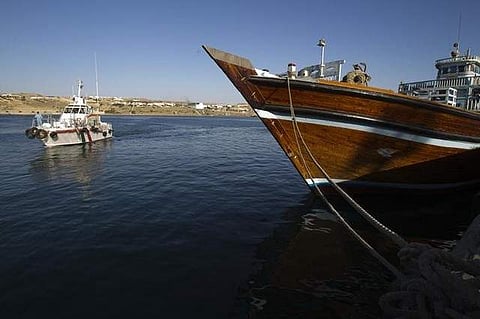

CHENNAI: With Iranian President Hassan Rouhani inaugurating the Shahid Beheshti Port at Chabahar on Sunday, India stands to gain not only strategically but on the trade front, too. While strategically Chabahar will counter China’s development of the Gwadar port in Pakistan, experts say it will also open up the lucrative central Asian markets for Indian products in the long run.
The port, developed by India, will also buttress India’s trade with land-locked Afghanistan, bypassing the unreliable land route through Pakistan. Central Asian markets comprising Kazakhstan, Uzbekistan, Tajikistan, Kyrgyzstan, and Turkmenistan offer huge potential for India, according to CMA Nayar, a former global corporate executive and an expert on international trade.
“Chabahar gives India access to central Asia without passing through Pakistan and Afghanistan,” he says. India’s current trade with Central Asia is estimated at a modest $2 billion, which pales in comparison with China’s $50 billion. Russia is the other big player in the region.
According to Nayar, Chabahar port is set to play a crucial role in future when Afghanistan’s rare earth minerals are mined. “Afghanistan has the largest deposits of lithium (used in batteries),” he notes. And, when the minerals are mined, they will all have to be evacuated through Chabahar. Indian goods headed for Central Asia and Afghanistan will get preferential treatment and tariff reductions at Chabahar.
According to an official statement from Tehran, $1 billion has been spent on preparing and equipping the first phase of the port. Also, 15 million cubic meters of dredging, 203 hectares of new land, and 1,650 breakwaters have been constructed in the first phase.
Currently, 1,00,000-ton ships are capable of mooring, and this can play a significant role in the import and export of basic goods, the statement noted.
“The next four phases of Shahid Beheshti Port will be completed and put into operation, which will eventually reach 82 million tonnes,” it added.